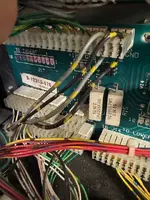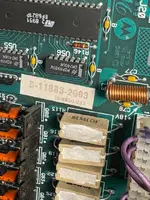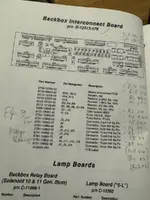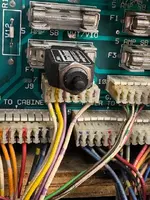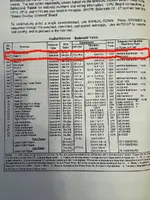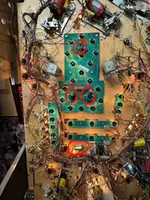apparently there were two different versions of this, and mine is the 'wrong' one for my CPU board (on Rollergames).
Has anyone got one that can tell me about it and maybe sell me it or teach me how to adapt the one i've got?
thank you

Has anyone got one that can tell me about it and maybe sell me it or teach me how to adapt the one i've got?
thank you

